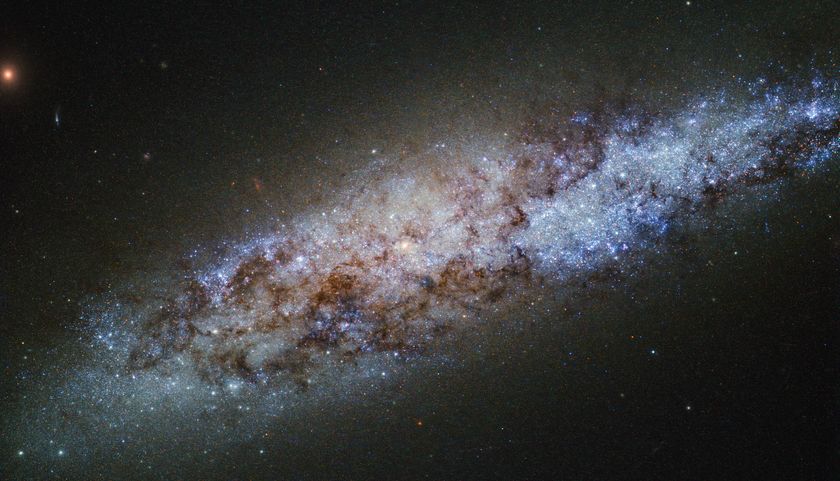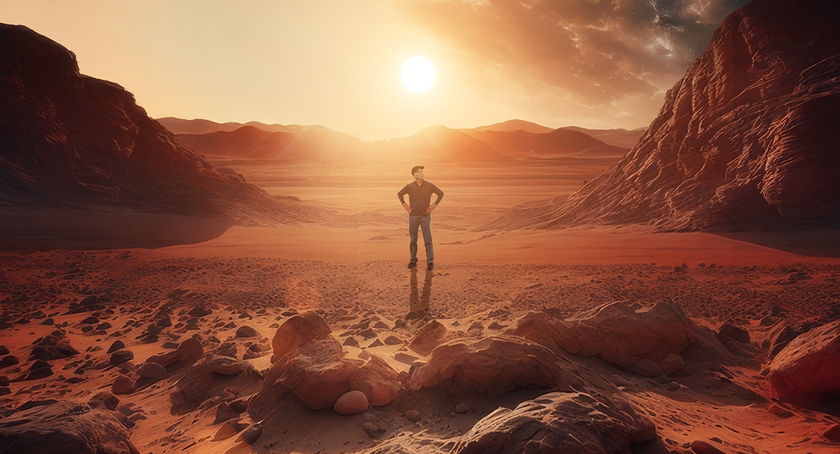1 Star, 3 Exoplanets: The Potentially Habitable TRAPPIST-1 System in Images
TRAPPIST-1: An Alien Solar System
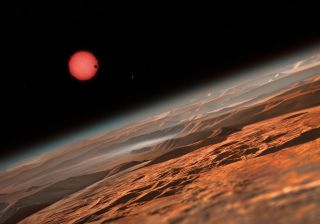
On May 2, 2016, scientists announced the discovery of TRAPPIST-1, an alien solar system 40 light-years from Earth with a tiny, ultracool dwarf star and three small exoplanets that just might be habitable. See imaginary views of the TRAPPIST-1 system in this slideshow. HERE: An artist's view of the TRAPPIST-1 star system as seen from near one of the three alien planets circling their dim parent star. Read our full story on the TRAPPIST-1 planets.
One Star, Three Worlds
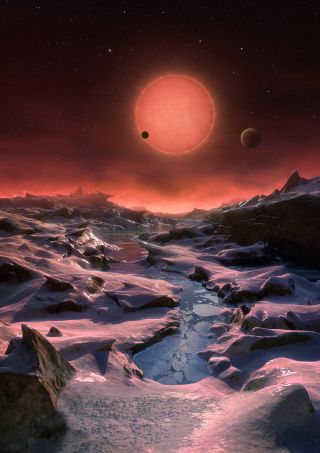
This artist's illustration depicts an imagined view from the surface of one of the three newfound TRAPPIST-1 alien planets. The planets have sizes and temperatures similar to those of Venus and Earth, making them the best targets yet for life beyond our solar system, scientists say. Read our full story on the TRAPPIST-1 planets.
A Tiny, Cool Sun
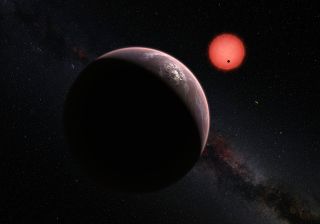
his artist's illustration depicts a view of the three TRAPPIST-1 system planets, with one of the worlds crossing the face of its sun. Read our full story on the TRAPPIST-1 planets.
Three Possibly Habitable Planets
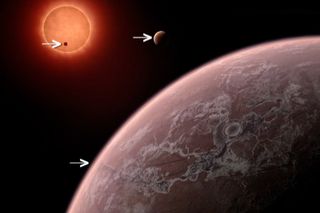
Watch this Space.com video of the TRAPPIST-1 alien planets, which might be habitable.
TRAPPIST-1 vs. The Sun
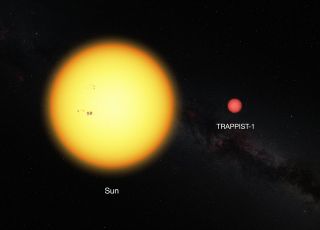
This image shows a size comparison between Earth's sun (left) and the tiny, ultracool dwarf star TRAPPIST-1 located 40 light-years from Earth. Read our full story on the TRAPPIST-1 planets.
Where Is TRAPPIST-1
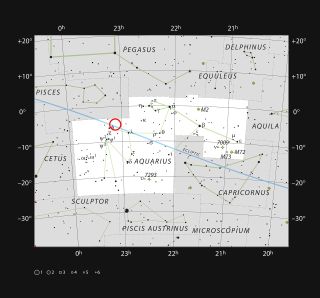
The TRAPPIST-1 alien planets and star system are located 40 light-years from Earth in the direction of the constellation Aquarius. Read our full story on the TRAPPIST-1 planets.
La Silla: TRAPPIST's Home
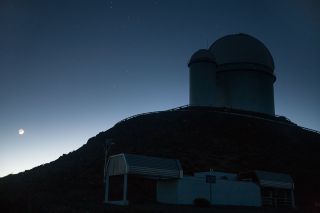
The TRAPPIST-1 star system and planets were discovered by scientists using the TRAPPIST (short for TRAnsiting Planets and PlanetesImals Small Telescope) instrument at the La Silla Observatory in Chile, which is operated by the European Southern Observatory. Read our full story on the TRAPPIST-1 planets.
Get the Space.com Newsletter
Breaking space news, the latest updates on rocket launches, skywatching events and more!
How Habitable Zones Around Stars Work (Infographics)
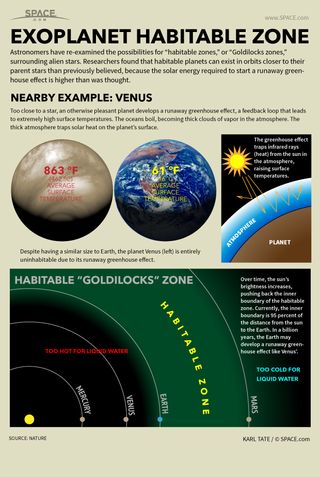
The habitable zone around stars is a so-called Goldilocks' zone where conditions are just right for liquid water. See how habitable zones work in this Space.com infographic.
Join our Space Forums to keep talking space on the latest missions, night sky and more! And if you have a news tip, correction or comment, let us know at: community@space.com.

Tariq is the Editor-in-Chief of Space.com and joined the team in 2001, first as an intern and staff writer, and later as an editor. He covers human spaceflight, exploration and space science, as well as skywatching and entertainment. He became Space.com's Managing Editor in 2009 and Editor-in-Chief in 2019. Before joining Space.com, Tariq was a staff reporter for The Los Angeles Times covering education and city beats in La Habra, Fullerton and Huntington Beach. In October 2022, Tariq received the Harry Kolcum Award for excellence in space reporting from the National Space Club Florida Committee. He is also an Eagle Scout (yes, he has the Space Exploration merit badge) and went to Space Camp four times as a kid and a fifth time as an adult. He has journalism degrees from the University of Southern California and New York University. You can find Tariq at Space.com and as the co-host to the This Week In Space podcast with space historian Rod Pyle on the TWiT network. To see his latest project, you can follow Tariq on Twitter @tariqjmalik.
